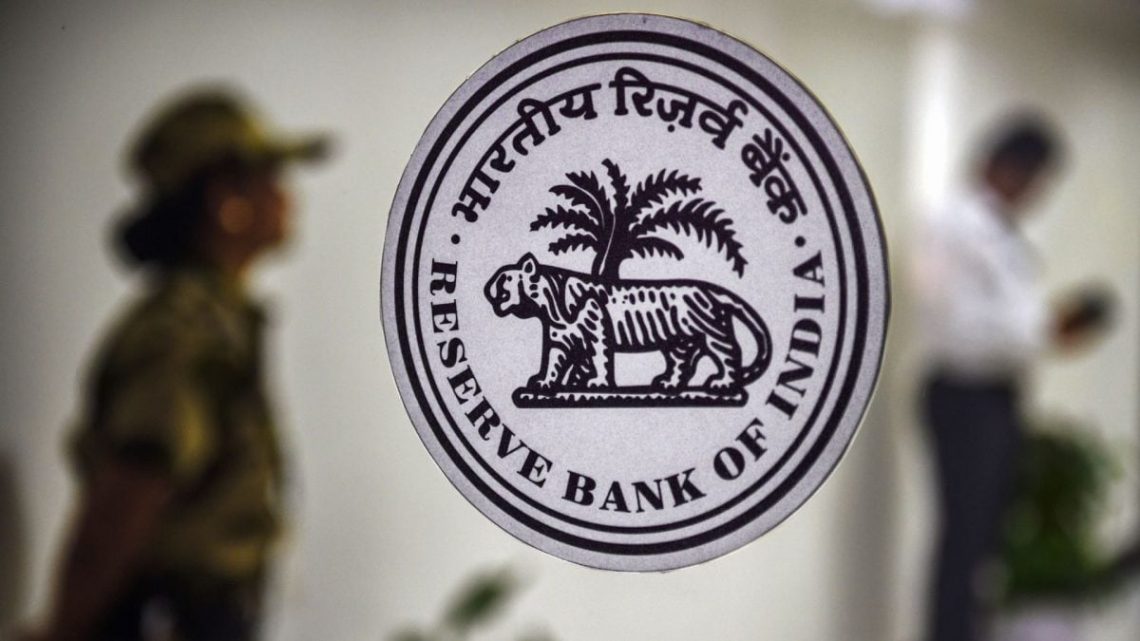The Reserve Bank of India has cut interest rates for the first time in nearly five years on Friday (February 7).
The central bank’s Monetary Policy Committee (MPC), which consists of three RBI members and three external members, reduced the repo rate by 25 basis points to 6.25 per cent, after having kept it unchanged for eleven straight meetings, and not having lowered it since May 2020.
“The MPC noted that inflation has declined, supported by favorable outlook on food andcontinuing transmission of past monetary policy action it is expected to further moderate in 2025-26 gradually aligning with the target,” RBI governor Sanjay Malhotra, who was chairing the MPC meeting for the first time since taking over the post, said.
The rate cut, which comes after an unprecedented easing in income tax payments, is expected to give a push to the sluggish economy.
The RBI’s move also aligns with global central banks adopting an accommodative stance to support economic growth.
For the common people, their equated monthly installments (EMIs) for home loans, personal loans, and other borrowings from established banks are likely to ease.
Here is how that happens:
The repo rate is the interest rate at which banks in the country borrow money from the RBI. So, when the RBI lowers the repo rate, banks can borrow at a cheaper rate from the central bank.
This often leads banks to reduce their own lending rates for their customers.
Home loans and personal loans, which are mostly linked to floating interest rates, could see a decline in EMIs as banks pass on the benefits of lower interest rates to customers. Floating interest rates change over the duration of the debt obligation, unlike fixed interest rates that stay the same regardless of the macroeconomic conditions.
Auto loans, which generally have fixed interest rates, may not see an immediate reduction. However, new borrowers can benefit from lower rates.
Link to article –
RBI slashes repo rate by 25 bps, first cut in nearly five years; loan EMIs likely to come down
